I recently asked one of my valuable journalistic sources, who is very knowledgeable about jewelry, to investigate the history of men’s jewelry. Long overlooked in favor of women’s adornments, this rich history deserved a closer look. For Gemmyo, my source meticulously explored the saga of male ornaments.
Here’s a glimpse of their investigation, like a journey through time…
Men and jewelry—it’s quite a story! Indeed, in France as well as in Europe, men’s adornments reveal much more than one might think. Rings, necklaces, breastplates, or bracelets—from aristocratic splendor to industrial bourgeoisie, social and cultural transformations are also told through the gold and jewels worn—or shunned—by men.
For nearly 100,000 years, jewelry has outlined not only fashion but also major sociocultural movements. While the earliest traces of adornment date back to the Paleolithic era, it was in Antiquity, with the rise of goldsmithing techniques, that men’s jewelry became a definitive symbol of wealth.
Over the centuries, each era, from the Middle Ages to the Renaissance, sculpted its own aesthetic codes. In the 17th century, under Louis XIV, amidst the chandeliers of Versailles, “peacock men” and the titled nobility flaunted their rank and power through an explosion of carats signed by traveling jewelers. But a century later, the French Revolution and the abolition of privileges reshuffled the deck and initiated a radical change. By overthrowing the aristocracy, the bourgeoisie, with its austere and pragmatic values, imposed a certain discretion, which was then reinforced by the fall of the Napoleonic Empire.
The advent of the Industrial Revolution and the opening of borders, notably with the United States, accelerated this transformation of men’s jewelry codes. New economic players, bankers, and industrialists now embodied the modern man. The extravagance of adornments gave way to functional jewelry: pocket watches, tie pins, and signet rings became the symbols of a less idle class, favoring work and efficiency. However, this dynamic, typical of Europe, was not the case in Eastern and Asian countries—India in particular—that did not experience a revolution. At the same time, while orders for women’s adornments were being placed, maharajas like Bhupinder Singh made waves in Place Vendôme by flooding it with hundreds of cases of jewels to be set.
Today, despite a greater space afforded by contemporary society for personal expression, the remnants of these historical upheavals continue to influence our perception of men’s jewelry. And even though men’s fashion has enriched itself with new forms of adornments, it still bears the mark of this legacy tied to functionality and a certain form of discretion.
Moreover, fashion, having become more inclusive, encourages the emergence of unisex jewelry. This trend, where gender distinctions blur, allows for freer and more individual expression. Bandeau rings, bangles, and necklaces, sometimes set with stones, now worn by men, revisit the masculine roots of jewelry, creating a bridge between a certain modernity and a rich heritage.
This fascinating saga ends by reminding us that, just as a detective gathers clues for a case, jewelry are genuine pieces of evidence, sparkling keys to understanding our history.

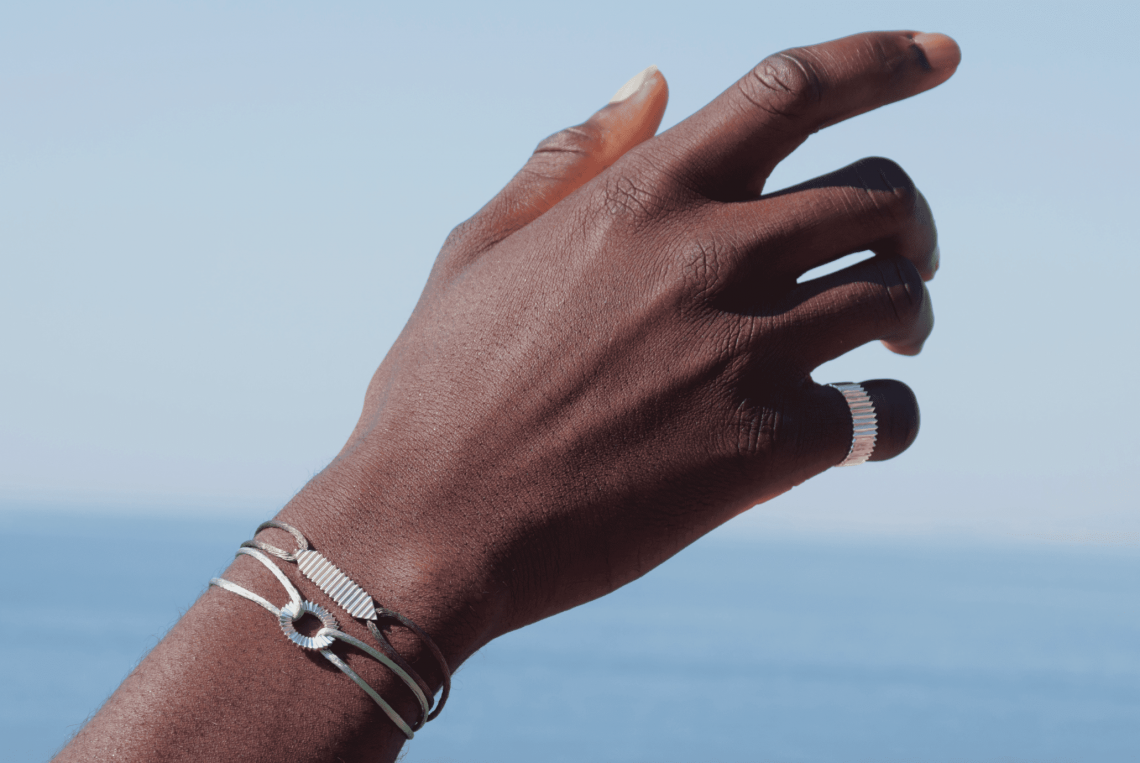
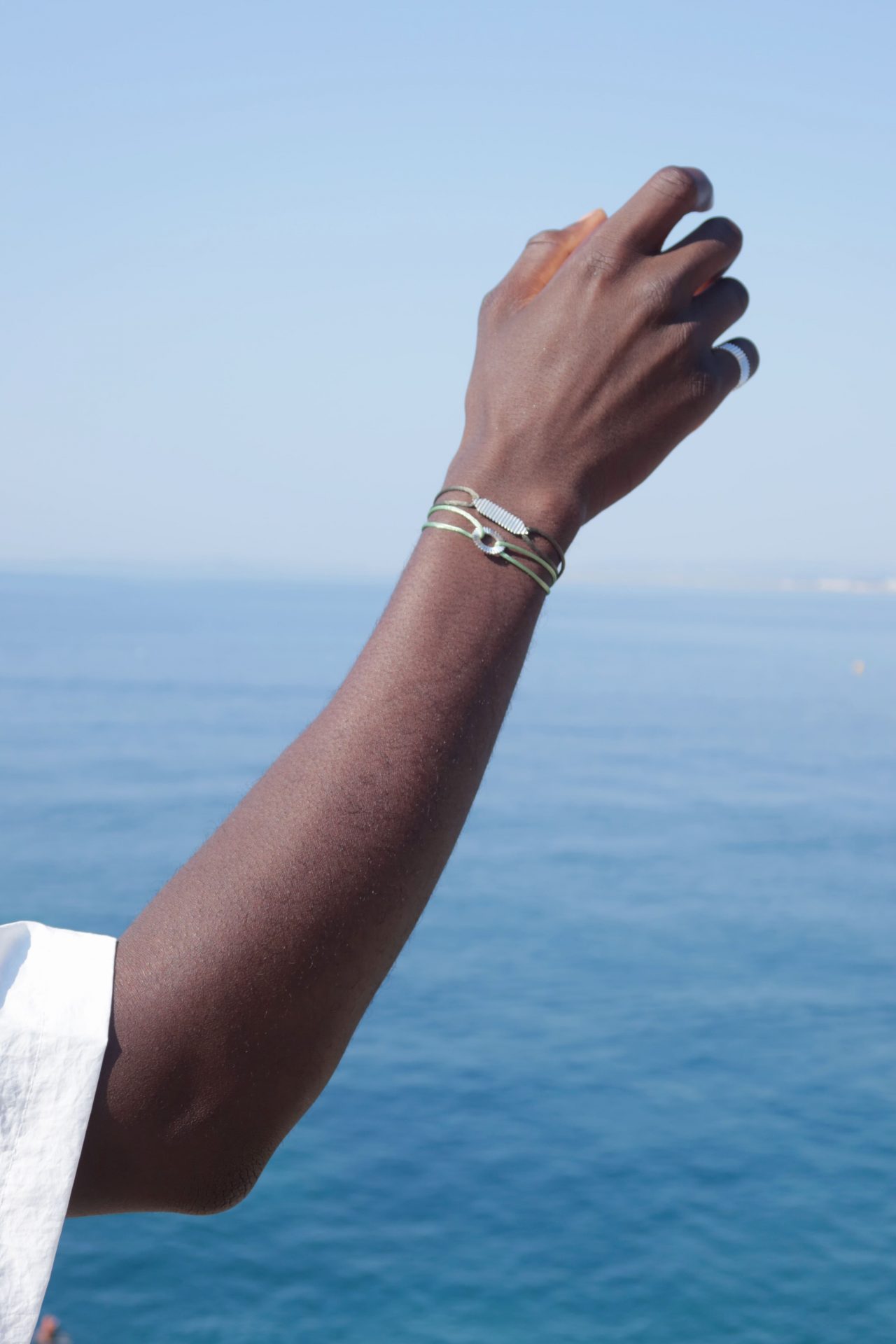
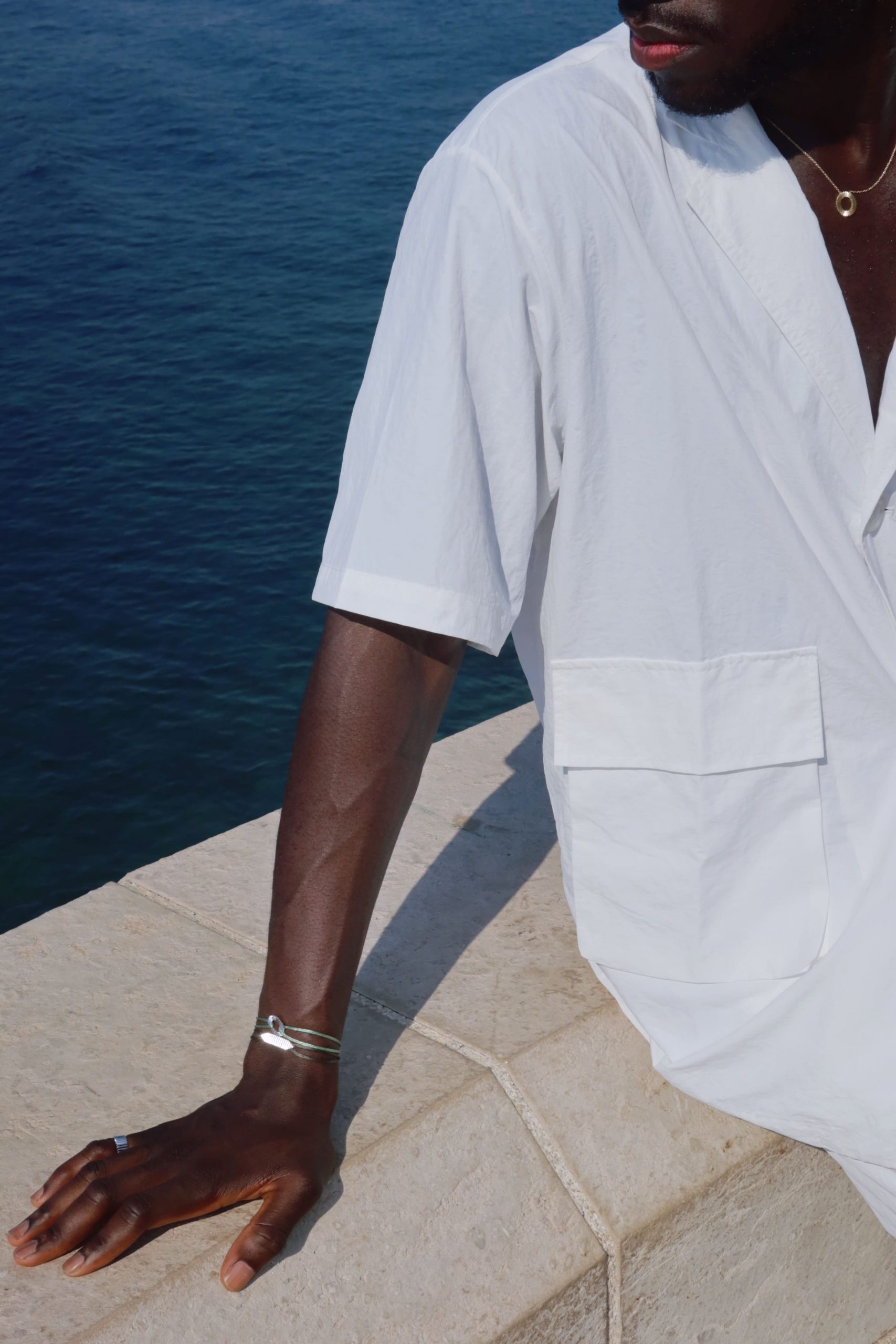
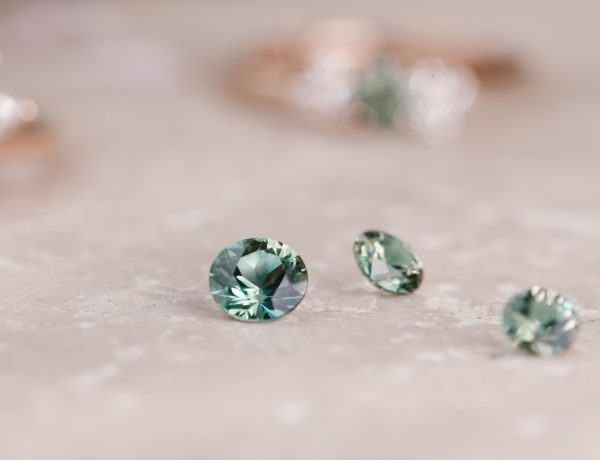
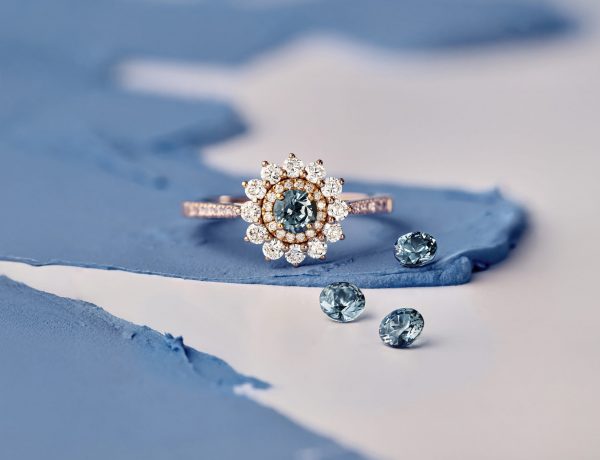
No Comments